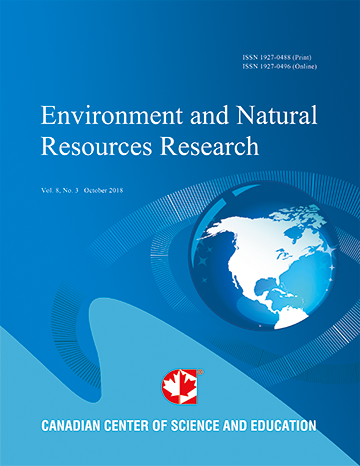Natural Ventilation in Isolated Subsurface Structures in the Infrastructure: A Review
- Thomas Neil McManus
- Assed N. Haddad
Abstract
The subsurface infrastructure contains many types of structures. Some are networked together in open systems while others are completely independent from each other. This study provides a summary of findings concerning ventilation induced by natural forces from reports published in the literature + additional unreported information concerning isolated subsurface structures. Isolated subsurface structures meet criteria for classification as confined spaces. Isolated subsurface structures experience two-way exchange of the internal atmosphere with the external atmosphere when the manhole cover or access hatch contains one or more openings. This finding is not appreciated by current practitioners of occupational health and safety knowledgeable in the area of confined spaces. Presently identified factors influencing ventilation induced by natural forces include the number/area of openings in the manhole cover, differences in temperature between the interior airspace and the external atmosphere, and air movement along the surface of the ground. Additional factors could include size or number of individual openings, placement of openings in the manhole cover or hatch, shape of the openings, and shape of the path followed during air exchange. In some cases, application of additional analysis provides information contained in the data but not presented in these documents. Demonstrating and understanding the interaction between these factors will enable optimization of design to maximize the rate of air exchange. Optimizing the rate of air exchange is essential to minimizing to the extent possible the risk posed to passersby and to workers engaged in preparation for entry and work inside these structures.
- Full Text:
 PDF
PDF
- DOI:10.5539/enrr.v9n2p61
Journal Metrics
Google-based Impact Factor (2016): 6.22
h-index (November 2017): 12
i10-index (November 2017): 19
h5-index (November 2017): 11
h5-median (November 2017): 12
Index
Contact
- Emily LinEditorial Assistant
- enrr@ccsenet.org
